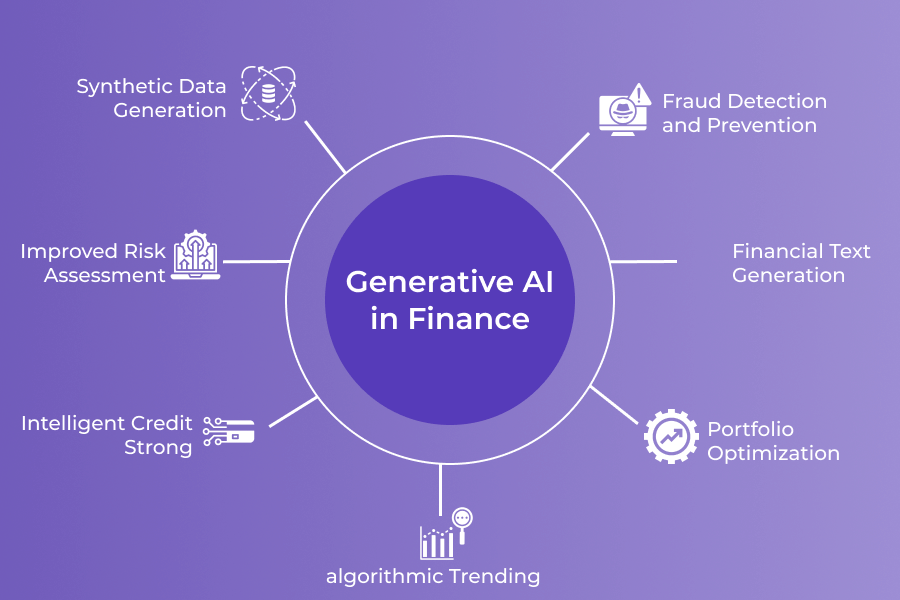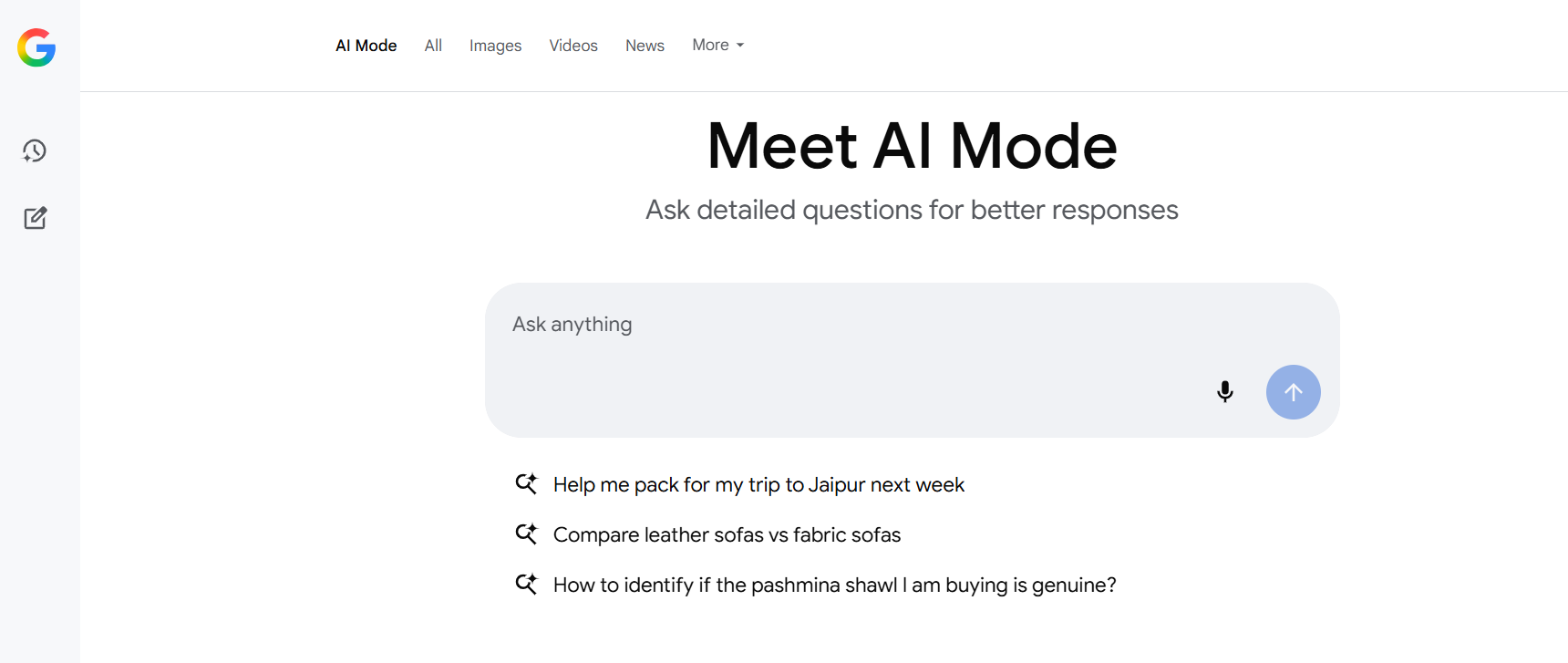One of the most exciting trends in AI today is its growing accessibility. What was once the exclusive domain of software engineers is now available to a broader range of professionals, from analysts to creatives. These advancements allow more people to integrate AI into their workflows with ease. Tools like ChatGPT have been instrumental in driving this change, enabling users to harness AI without needing a deep technical background.
The role of investment banking is on the verge of transformation, thanks to the latest innovations in artificial intelligence (AI). Like many other industries, investment banking is embracing AI to boost productivity, precision, and even creativity. One of the most notable advancements is the use of generative AI in finance, offering powerful capabilities such as advanced data analysis, predictive modeling, and automation, all of which are reshaping how the industry operates.
However, the concept of AI can still seem overwhelming to many. Let’s break it down: imagine generative AI, especially Large Language Models (LLMs), as an advanced version of your smartphone’s predictive text feature. Just as your phone predicts the next word in a message based on your usage, LLMs generate text using massive datasets. This comparison shows that we’re already engaging with simpler AI technologies in our everyday lives—just on a smaller scale.
To maximize the potential of generative AI (GenAI), it’s important to follow some key industry best practices. Here’s a breakdown to help you get started:
Control the Data Source: Prevent AI hallucinations—where AI generates incorrect or nonsensical outputs—by being intentional about the data it uses. Provide precise prompts to ensure the AI pulls from credible and relevant datasets. For example, when working on a financial report, instruct the AI to reference specific sources like recent market analyses or verified financial statements instead of general web content.
Use Retrieval-Augmented Generation (RAG): To ensure your AI consistently provides accurate and relevant information, make sure it uses Retrieval-Augmented Generation (RAG). This method improves the retrieval process by allowing the AI to pull from up-to-date, specific datasets, ensuring the information it provides is both current and reliable.
Adjust the Temperature: You can influence the nature of the AI’s responses by modifying the “temperature” of your prompts. This setting helps control how creative or focused the responses are. A lower temperature results in more deterministic and specific outputs, while a higher temperature allows for more creative and varied responses.
The Evolution of AI in Finance
Artificial intelligence has long been a part of the financial industry. Early use cases included technologies like optical character recognition (OCR) for digitizing paper documents and basic machine learning algorithms for financial forecasting. However, the last decade has seen a dramatic acceleration in AI advancements, with generative AI (GenAI) marking the latest significant leap.
The key distinction between earlier AI applications and GenAI is the ability of the latter to generate human-like text based on context and probability. While traditional AI could analyze and process data, GenAI goes a step further, creating new content, interpreting context, and delivering insights in a conversational style. This capability is unlocking new avenues for automating and enhancing a wide range of processes, not just in finance but also in industries like marketing, content creation, and business.
With the advancement of AI, generative AI has emerged, opening up new possibilities for innovation and creation. In investment banking, generative AI has proven particularly valuable in model development and market condition simulations, significantly enhancing strategic decision-making. This cutting-edge technology is transforming the finance sector by improving efficiency, accuracy, and personalization. As one of the latest trends in technological evolution, generative AI is revolutionizing how investment banks operate, allowing for more precise and tailored financial services.
Key Benefits of GenAI in Finance
The integration of generative AI (GenAI) in finance offers several key benefits:
- Enhanced operational management: AI streamlines operations, improving efficiency and productivity.
- Improved decision-making: GenAI provides accurate statistical analysis for better forecasting and data-driven decisions.
- Personalized client solutions: AI enables an individualized approach to clients, offering tailored financial strategies.
- Strengthened fraud prevention and compliance monitoring: AI enhances security by identifying potential risks and ensuring adherence to regulations.

The Future of GenAI in Finance
The potential applications of generative AI (GenAI) in finance are vast and constantly evolving. While we’ve already seen impressive advancements, we’re only beginning to explore what’s truly possible. Future developments could bring even more sophisticated AI-driven risk assessment tools, advanced customer service applications, and highly integrated AI systems capable of handling complex financial modeling and scenario analysis. Whether it’s automating routine tasks or enabling deeper insights through advanced analysis, GenAI is set to become an indispensable asset in the financial industry, transforming the way professionals work and make decisions.
Conclusion
Generative AI is set to revolutionize finance, bringing greater accuracy and efficiency to the industry. Its application in finance enhances decision-making, streamlines processes, and elevates customer service. Adopting these technologies is crucial for staying competitive and effectively navigating the financial landscape of the future. As AI continues to evolve, its role in shaping the future of finance will only become more significant, making it essential for firms to embrace this transformation.

 Web and Full Stack
Web and Full Stack CMS and Frameworks
CMS and Frameworks Online Marketing
Online Marketing Cloud Services
Cloud Services ECommerce
ECommerce Mobile
Mobile



